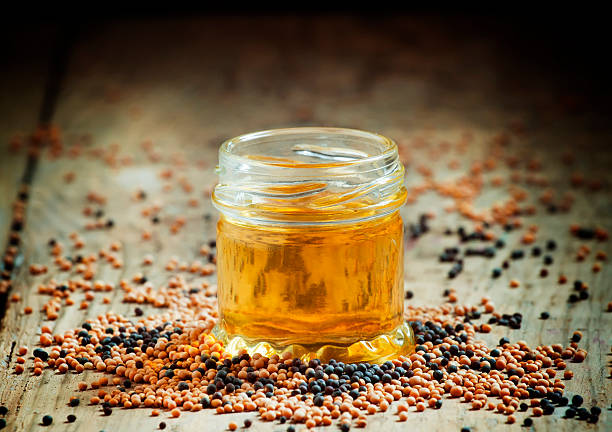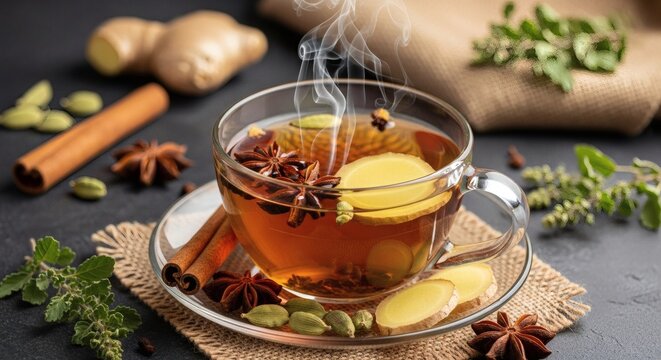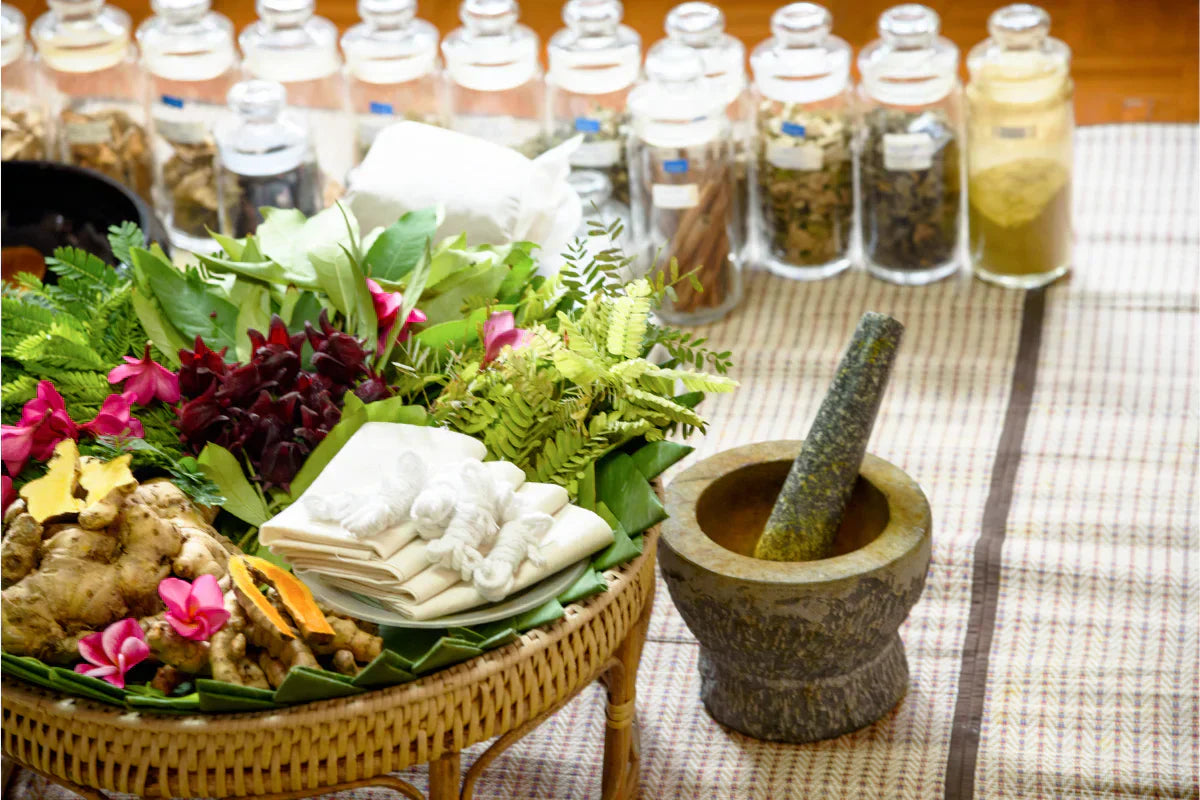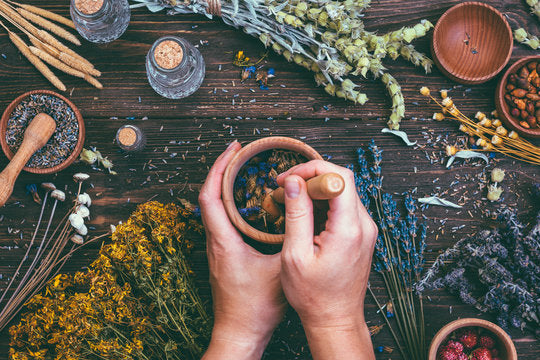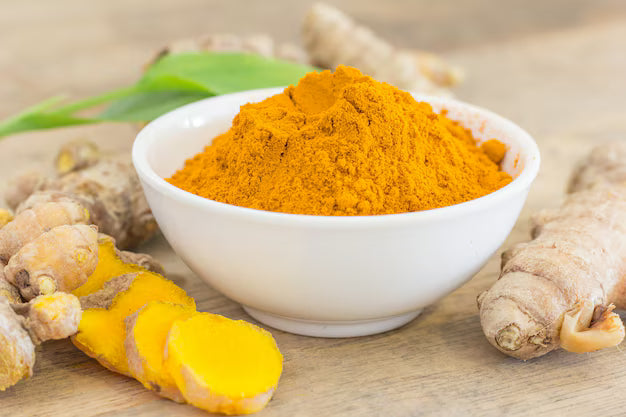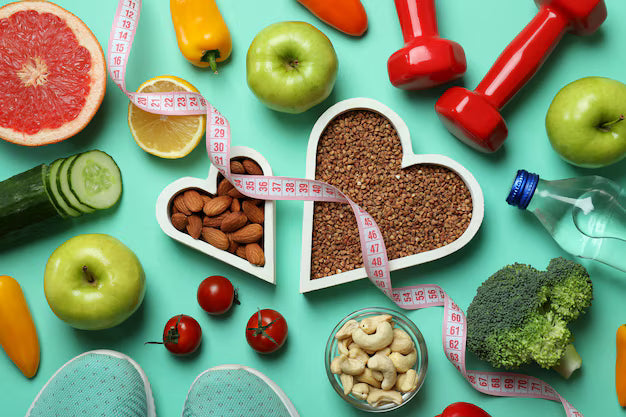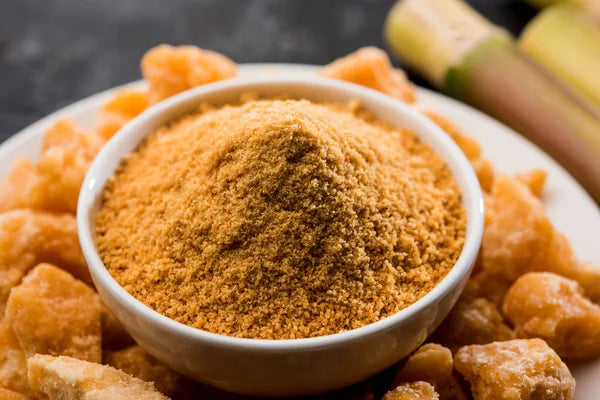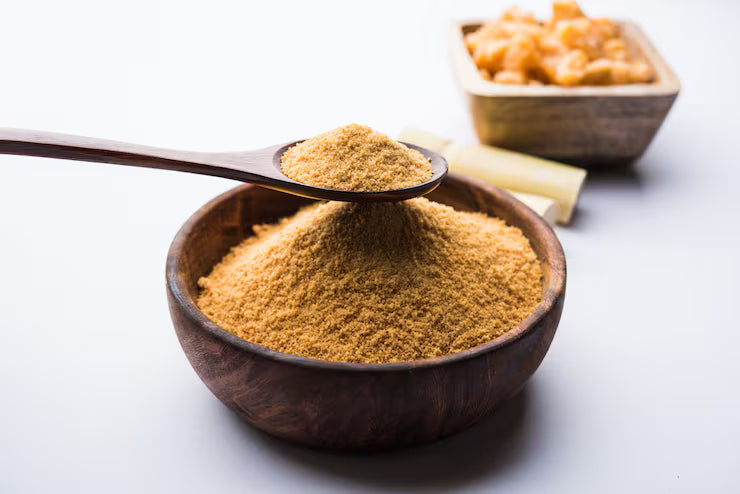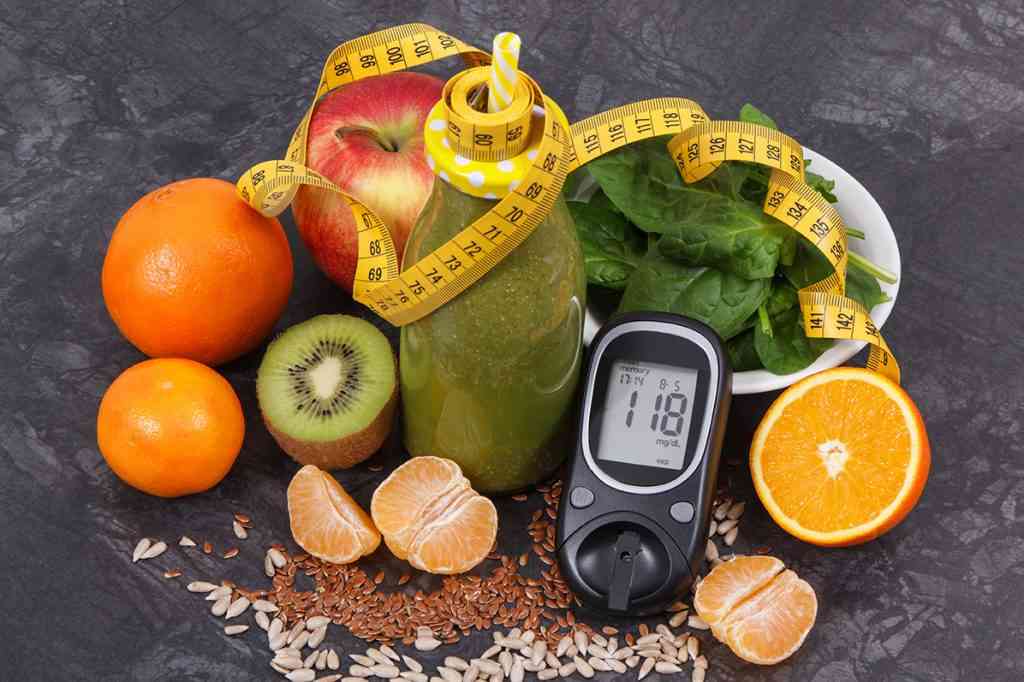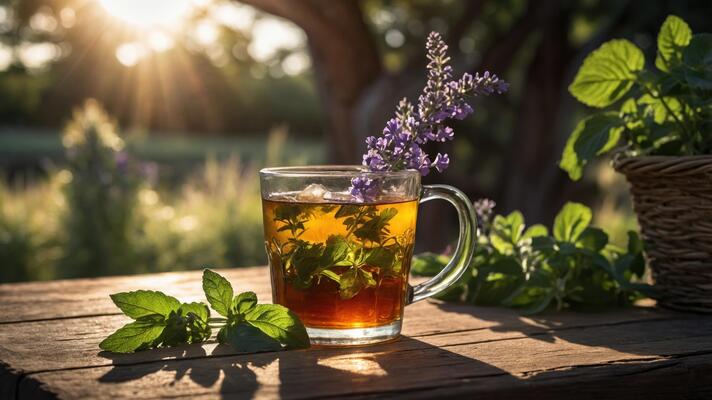The Ayurvedic Way to Radiant, Healthy & Glowing Skin Naturally
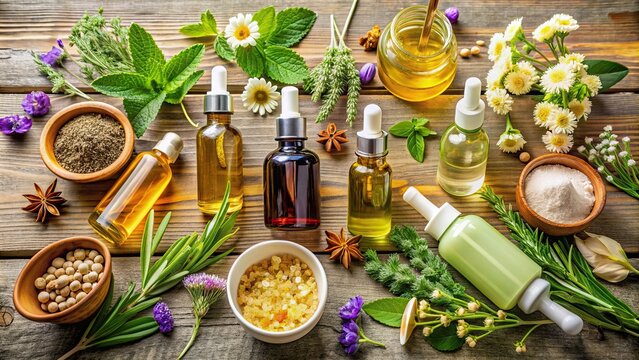
Approximately 80% consumers worldwide hold that facial skincare is essential in their daily routine.
Of these, 65% consumers prefer natural and organic skincare products.
Understanding Skin in Ayurveda
Tvak – More Than an Outer Covering
In Ayurveda, the skin is referred to as “Tvak”. Far from being a mere external covering, Tvak is regarded as a vital organ that reflects the internal state of the body. Healthy, radiant skin is therefore not just a matter of cosmetics; it’s a mirror of overall wellness.
Development of Skin (Twak)
Ayurvedic embryology describes the formation of skin as a delicate process. Tvak develops during fetal growth from the transformation of Rakta (blood) into Mansa (muscle). Classical texts compare it to cream forming on milk—a nuanced layering process that culminates in the sixth month of intrauterine life. The skin ultimately consists of seven distinct layers, each with protective and functional roles.
Twak is also said to carry the quality of Sneha-sara (oiliness), nourished by Rasa Dhatu (plasma). This underscores why both external applications (like oils and herbal lepas) and internal nutrition play crucial roles in skin health.
Rasa Dhatu – The Root of Skin Vitality
According to Ayurveda, skin health relies primarily on Rasa Dhatu, the nutrient fluid formed from properly digested food. If digestion (Agni) is weak, Rasa becomes impure, leading to toxin (Ama) accumulation that manifests as dullness, dryness, or eruptions.
Thus: “What you eat, and more importantly, what you digest, determines your skin’s radiance.”
Which Dosha Imbalances Cause Skin Problems?
- Pitta imbalance: Pigmentation, acne, melasma, redness.
- Vata imbalance: Dryness, rough patches, premature wrinkles.
- Kapha imbalance: Oiliness, congestion, dullness, cystic acne.
Skin Care based on Individual Doshas (bio-energies)
Another pillar of Ayurvedic skin care is matching the care to one’s particular prakriti (body constitution) and dosha (bio energy) alignment. Ayurveda stresses that skincare must be personalised to one’s doshic framework. Below is the Ayurvedic skin care regimen recommended based on the three doshas:
Vata Skin
(Thin, dry, cool to the touch, prone to fine lines and uneven tone.)
Vata Skin Care
Diet: Opt for warm, moist, slightly oily foods with sweet, sour, and salty tastes.
-
Include: Rice, oats, quinoa, ghee, stews, stewed apples, pears, mango, root vegetables, and spices such as ginger, cinnamon, nutmeg, clove.
-
Avoid: Raw or cold salads, carbonated drinks, irregular meals, and fasting.
Lifestyle: Rise early, practice Yoga Nidra and restorative yoga, keep routines predictable, and avoid staying up late.
External Care:
- Abhyanga (self-massage): Sesame, avocado, or olive oil for the body; for the face, apply Kumkumadi Taila (3-4 drops at night).
-
Lepa (application of herbal paste for healing or cosmetic purposes):
Shatadhauta ghrita (washed cow milk ghee) may be used as a lepa. -
Nasya (administration of herbal oils, juices, or powders through the nose to cleanse and heal the head region):
Administer 2–4 drops of sesame oil in each nostril morning and evening to reduce dryness.
Pitta Skin
(Soft, sensitive, warm, and prone to redness, acne, tanning, and pigmentation.)
Pitta Skin Care
Diet: Choose cooling foods with sweet, bitter, and astringent tastes.
- Include: Barley, rice, cooked oats, leafy greens, pomegranate, grapes, melons, pears, and coconut in your daily diet.
- Avoid: Excess chillies, alcohol, and fried foods.
Lifestyle: Moderate exercise is a must, avoid peak sun exposure, and practice meditation or Pranayama (regulating the breath to harmonise body, mind, and life energy.)
External Care:
- Abhyanga (self-massage): Coconut oil for the body; for the face, use Kumkumadi Taila.
- Lepa (application of herbal paste for healing or cosmetic purposes): Sandalwood with rose water for heat.
-
Nasya (administration of herbal oils through the nose to cleanse and heal the head region):
Anu Taila or cow ghee may be used for this.
Kapha Skin
(Thick, oily, pale, with larger pores and a tendency toward dullness or cystic acne.)
Kapha Skin Care
Diet: Choose light, warm, pungent, bitter, and astringent foods.
- Include: Millets, barley, buckwheat, ginger, and garlic.
- Avoid: Excessive sweets, dairy, and fried foods.
Lifestyle: Wake early, exercise daily, and avoid daytime naps.
External Care:
- Abhyanga (self-massage): Dhanvantaram Taila or Mahanarayan oil for stimulation.
-
Lepa (application of herbal paste for healing or skin enhancing):
Sandalwood powder blends to balance excess oil secretion. -
Nasya (administration of herbal oils through the nose to cleanse and heal the head region):
Use sesame oil or Anu Taila for this purpose. - Udvartana (upward massage for detox, fat reduction, and skin rejuvenation): Kolakulathadi Churna or Kottamchukkadi Churna for body massage; and liquorice with sandalwood for the face.
- Udgharshana: Ruksha (dry) massage with herbal powders without oil, 2–4 times weekly, to decongest.
If you feel you have a mix of conditions, you can consult an Ayurvedic practitioner. (You may also take the dosha test on our website)
What Is Ayurvedic Skin Care?
Principles of Ayurvedic Beauty
Ayurveda follows an inside-out approach. True beauty and radiance emerge when digestion is balanced, doshas are harmonized, and tissues are nourished.
Unlike modern skincare that focuses mainly on symptoms, Ayurveda works on root causes, be it poor digestion, lifestyle imbalance, or environmental stress.
Dinacharya & Ritucharya for Skin Health
Dinacharya (Daily Routine)
- Wake in Brahma Muhūrta (pre-sunrise): stabilizes circadian rhythm and cortisol.
- Jivhā Nirlekhana (tongue scraping): reduces oral Ama that can burden Agni.
- Uṣṇa Jala Sīpana (sipping warm water): gentle morning cleanse; add a slice of ginger for Vata/Kapha.
-
Abhyanga (self-oil massage, 10-15 min before bath):
Vata: sesame, avocado, or extra-virgin olive oil; face: Kumkumadi Taila 1–2 drops.
Pitta: coconut, Manjistha Taila (soothing, anti-redness).
Kapha: warm Dhanvantaram or Mahanarayan Taila to stimulate.
- Snān (bath) with gentle cleansers: chickpea flour, green gram (mung) flour, or ubtan; avoid SLS/SLES foaming.
- Mukhalepa (weekly 1–3×): rotate targeted packs (see recipes below).
- Midday main meal (strongest Agni).
- Evening wind-down: light dinner, screen-down by 9 pm, asleep around 10 pm to support collagen/ojās.
Ritucharya (Seasonal Care)
- Grīṣma (summer): cooling foods (coconut water, gulkand, cucumbers), sandalwood/rose hydrosols, avoid peak sun; keep Pitta calm.
- Varṣā (monsoon): support Agni (ginger, black pepper in moderation), neem-turmeric hygiene to deter fungal issues.
- Hemanta/Śiśira (winter): richer fats (ghee, sesame), shatadhauta ghrita for barrier repair; Vata grounding.
- Vasanta (spring): Kapha-lightening—udvartana (dry scrubs), bitter greens, millets.
Cleansing Rituals (Barrier-Safe)
- Opt for powder cleansers (besan, green gram, oats) or milk/yogurt + herb paste.
- Preserve the acid mantle: lukewarm, not hot water; pat dry; immediate light oil or ghee-based cream.
- Weekly udvartana boosts lymphatic flow, reduces Kapha heaviness, and brightens tone.
Why Avoid Harsh Synthetics
Chemical-laden products strip natural oils, disturb the skin barrier, and may even cause systemic effects (e.g., parabens linked to hormonal disruption). Ayurveda advocates nature-derived, fragrance-free, and sulfate-free solutions to protect both skin and overall health.
Ayurvedic Face Packs & Home Remedies
For Oily / Congested Skin
- Masoor Dal + Almond Oil – Soaked red lentils ground into a paste with 2–3 drops of almond oil; helps absorb excess oil while nourishing.
- Multani Mitti + Sandalwood + Rose Water – A classic clay mask to regulate sebum and leave skin smooth.
- Fresh Rice Paste – Mild mattifying pack that refreshes without stripping.
- Lemon Juice Dab – Astringent and clarifying (always patch test; avoid broken skin).
- Orange Peel + Curd or Tomato/Cucumber Slices – Cooling, mildly exfoliating, and brightening.
For Dry / Barrier-Compromised Skin
- Almond Oil + Multani Mitti – A short-wear hydrating clay mask enriched with nourishing oil.
- Fenugreek + Besan + Coconut Oil – Creamy, protein-rich blend that restores softness.
- Fresh Milk Application – Instant hydration and skin suppleness.
- Neem Leaves + Cultured Butter – Calming pack for dryness with occasional irritation.
- Licorice + Turmeric + Rose Water + Almond Oil – Brightens dull skin while moisturizing.
- Amla + Aloe Vera Gel – Cooling and vitamin-rich for hydration and glow.
- Ashwagandha + Ghee + Warm Milk Paste – Night-time repair for deeply nourished skin.
Pro Tips for Safe Use
- Patch Test: Always test a small area first to rule out sensitivity.
- Timing: Keep masks on for 8–12 minutes only (especially for sensitive skin).
-
Rinse & Seal: Use lukewarm water to wash off. Follow with 2–3 drops of herbal face oil or a thin layer of ghee-based balm to lock in moisture.
The Ayurvedic Approach to Glowing Skin
Rasa & Rakta Dhatus (Foundation of Glow)
- Rasa Dhatu (plasma): delivers hydration and micronutrients to the skin; deficiency shows as dryness, crepey texture, and dull tone.
- Rakta Dhatu (blood): carries color and vitality; impurities present as redness, acne, rashes, and spots.
Make Rasa & Rakta robust by
- Eating warm, freshly cooked meals; no leftover/ultra-processed heavy foods.
- Favoring ghee, mildly spiced vegetables, and seasonal fruits.
- Adequate sleep (collagen synthesis window).
- Daily movement + breath (micro-circulation → micro-nutrient delivery).
Varnya (Complexion-Enhancing) Herbs
- Manjistha (Rubia cordifolia): blood purifier, supports uneven tone.
- Yashtimadhu (Licorice): brightens, softens, reduces PIH look.
- Haridra (Turmeric): calms reactivity, supports barrier.
- Kesar (Saffron): improves tone and luminosity.
-
Lodhra, Padmak, Ushira, Amalaki: refine texture, cool heat, and support detox.
Check out Top 10 Skin-Brightening Herbs—>
Rasāyana (Rejuvenation) for Skin
- Amla, Guduchi (Giloy), Ashwagandha—internally support Rasa/Rakta and resilience; externally (in oils/masks) add calm + repair.
-
Kumkumadi Taila at night: 1–3 drops pressed on damp skin → even tone, soft sheen over weeks.
Check out the top 9 benefits of Kumkumadi Oil—>
Can Ayurveda Treat Pigmentation and Spots?
Yes. Ayurveda addresses pigmentation through internal detox + external care:
- Therapies: Virechana (purgation) for pitta-related pigmentation, Raktamokshana (bloodletting) for stubborn spots.
- Topical: Herbal pastes with Manjistha, Lodhra, Yashtimadhu, Sandalwood, Nutmeg. Kumkumadi Oil is especially renowned for evening skin tone.
Best Ayurvedic Skin Care Products You Can Trust
Key Criteria for Authenticity
- Certifications: GMP, ISO, and organic certifications.
- Ingredients: Neem, Tulsi, Sandalwood, Kumkumadi.
- Formulation Integrity: Avoid artificial colors, fragrances, and parabens.
Oils vs. Creams
- Oils: Superior penetration, deep nourishment (carry herbal actives into skin).
-
Creams: Lighter, but may lack depth of action. Ideal: oils at night, light creams in the day.
Can I Follow an Ayurvedic Routine at Home?
Yes. Ayurveda emphasizes self-care:
- Daily: Abhyanga, gentle herbal cleansing, mukhalepa (face packs), pranayama.
- Seasonal: Panchakarma detox therapies. With consistency, even simple home routines can maintain radiance.
Consulting an Ayurvedic Doctor
If persistent issues like eczema, psoriasis, or melasma occur, a consultation is vital. Ayurvedic vaidya evaluate Prakriti, Vikriti, diet, and lifestyle, then prescribe customized herbs, diet, and therapies. Personalized care is always more effective than generic routines.
Conclusion – Ayurveda as a Lifelong Beauty Ritual
Ayurvedic skincare is not a quick-fix; it’s a lifelong journey of harmony and balance. By aligning diet, lifestyle, and dosha-specific care, Ayurveda helps cultivate skin that is radiant, resilient, and deeply nourished.
Start small: sip turmeric milk, apply a natural lepam once a week, or massage your face with Kumkumadi oil at night. With consistency, Ayurveda offers beauty that glows from within and lasts a lifetime.
FAQs
1. What is the Ayurvedic approach to glowing skin?
Ayurveda links glow to strong digestion (Agni), balanced doshas, and nourished Rasa-Rakta dhatus. Healthy diet, lifestyle, and natural rituals ensure sustainable radiance from within.
2. Which Ayurvedic herbs are good for skin glow?
Key herbs include Manjistha, Yashtimadhu (licorice), Haridra (turmeric), Kesar (saffron), Amalaki, Lodhra, and Guduchi. They purify blood, brighten complexion, reduce inflammation, and nourish tissues for natural radiance.
3. Can I follow an Ayurvedic skincare routine at home?
Yes. Simple daily practices like Abhyanga, herbal face packs, pranayama, balanced meals, and seasonal care maintain skin health naturally. Consistency ensures radiance without dependence on harsh cosmetics.
4. Which dosha imbalance causes skin problems?
Pitta imbalance leads to redness, acne, pigmentation; Vata imbalance causes dryness, roughness, wrinkles; Kapha imbalance results in oiliness, congestion, dullness, and cystic acne. Each requires tailored care.
5. Can Ayurveda lighten dark spots or pigmentation?
Yes. Internal detox (Panchakarma, Rasayana) and external herbal applications with Manjistha, Lodhra, Yashtimadhu, sandalwood, or Kumkumadi oil gradually reduce pigmentation, promoting even tone and clear, radiant skin.
Popular Posts

Intermittent Fasting vs Detox: What Your Body Is Really Asking For?
07 Jan, 2026Have you ever woken up feeling tired even after a full night’s sleep?Or felt bloated, foggy, and ...
Read more
Do Ayurvedic Facial Oils Clog Pores? The Truth About Non-Comedogenic Herbs
31 Dec, 2025Introduction — Oils Aren’t the Enemy, Imbalance Is Oils themselves are not the cause of acne o...
Read more
Ayurveda Isn’t ‘Slow’: It Deep-dives to Build Lasting Health
26 Dec, 2025Introduction — Ayurveda Works With Nature, Not Against It Ayurveda is often perceived as ‘slow...
Read more






 Popular Read
Popular Read





































